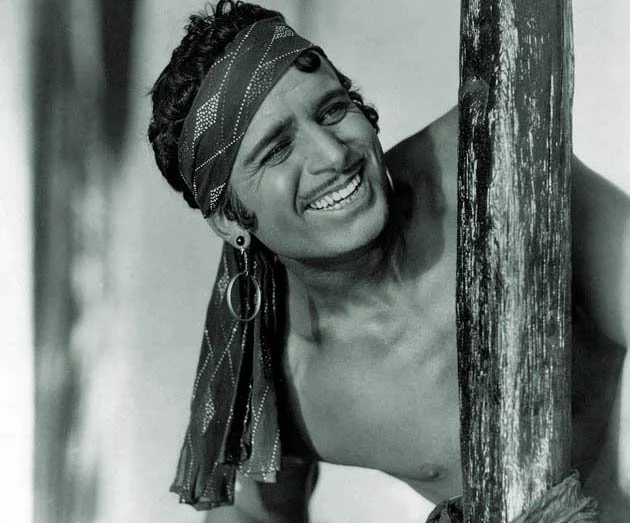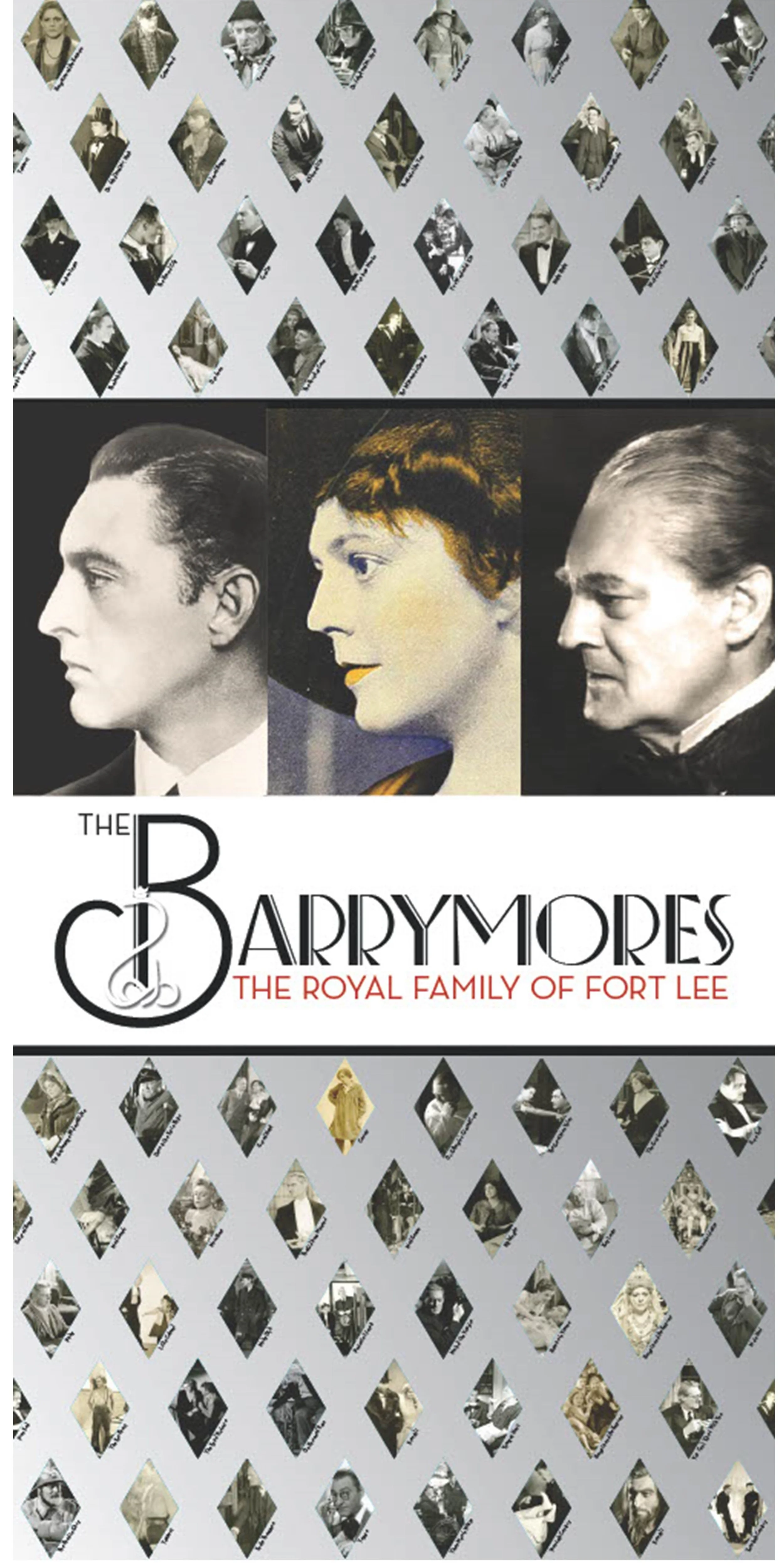BFC Sizzle Reel
This short video describes the history of Fort Lee, NJ as the birthplace of the American cinema industry, and the work we are doing to preserve and enhance that legacy.
“Power Couple: Douglas Fairbanks & Mary Pickford in Hollywood”
Power Couple: Douglas Fairbanks & Mary Pickford in Hollywood was the second major exhibition at the Barrymore Film Center, spotlighting two of early Hollywood’s most influential figures. As international icons, pioneering producers, and co-founders of United Artists, Fairbanks and Pickford helped transform silent-era filmmaking into a global industry and redefined the meaning of stardom in the 20th century.
Douglas Fairbanks became famous for his swashbuckling roles in The Mark of Zorro (1920), Robin Hood (1922), and The Thief of Bagdad (1924), blending athleticism, charm, and visual spectacle in ways that helped define the action-adventure genre.
Mary Pickford, affectionately known as “America’s Sweetheart,” starred in beloved classics such as Rebecca of Sunnybrook Farm (1917), Stella Maris (1918), and Pollyanna (1920). Behind the scenes, she was a shrewd producer and business leader—one of the first women to own and control her own production company.
The exhibit traced their groundbreaking careers and the complexities of their marriage, set against the backdrop of a rapidly changing Hollywood. Original movie posters, studio stills, personal artifacts, and historical footage offered a vivid look at how these two stars helped establish the business model and mythology of Hollywood itself. A reconstructed 1920s screening room invited visitors to step back in time and experience silent film as it was originally seen.
Power Couple also reinforced Fort Lee’s pivotal role as the birthplace of American film. Before Hollywood, Fort Lee was home to over a dozen major studios—including Fox, Universal, and Éclair—where thousands of early films were produced, and where both Fairbanks and Pickford began their careers.
In keeping with the Barrymore Film Center’s mission to connect cinema’s past to its present and future, the exhibit was free and open to the public. More than 4,000 visitors—including school groups, senior centers, and cultural organizations—toured the exhibition during its run, making it a key part of BFC’s growing role as a community hub and educational resource.
By celebrating the legacy of Fairbanks and Pickford, Power Couple not only honored two transformative figures in film history but also deepened public understanding of Fort Lee’s enduring place in the story of American cinema.
“The Barrymores: The Royal Family of Fort Lee”
The Barrymore Film Center (BFC) opened its new museum with a landmark exhibit, The Barrymores: The Royal Family of Fort Lee, highlighting the enduring legacy of America’s most iconic theatrical family—John, Lionel, and Ethel Barrymore. Known as “The Royal Family of Fort Lee,” the Barrymores represent five generations of performers whose influence spans stage, film, radio, and television. Maurice Barrymore, the family patriarch, lived in Fort Lee’s Coytesville section and was a celebrated Victorian-era stage actor. His children—John, Ethel, and Lionel—launched their careers in Fort Lee and later rose to national fame in both silent and sound films.
John Barrymore starred in Dr. Jekyll and Mr. Hyde (1920) and Sherlock Holmes (1922), becoming a leading Shakespearean actor and screen legend.
Ethel Barrymore, hailed as the “First Lady of American Theater,” was known for stage triumphs and film performances such as None But the Lonely Heart (1944).
Lionel Barrymore, beloved for roles in It’s a Wonderful Life (1947) and the Dr. Kildare series, had a prolific acting and directing career spanning nearly 150 films.
The exhibit traces their rise from Fort Lee to Broadway and Hollywood, using rare photographs, posters, props, costumes, and original artwork. Artifacts were drawn from Fort Lee’s historic collections as well as the Museum of Modern Art, the Academy of Motion Picture Arts and Sciences, The Players, and other public and private archives. The 1,800-square-foot gallery space was transformed by a professional exhibition design team led by Elizabeth Skrabonja, with support from Sylvia Aisenstadt, Phyllis Schwitzer, and Wendell Walker, a former Deputy Director at the Museum of the Moving Image. The exhibit also features a fifteen-foot-wide Barrymore family tree, tracing sixty members of the Barrymore and Drew families, from 19th-century stage actor John Drew to contemporary star Drew Barrymore.
The exhibit offers essential context for Fort Lee’s overlooked but pivotal role as the birthplace of the American film industry. In the early 20th century, Fort Lee was home to 16 major film studios, employing thousands of local residents. More than 4,000 films were produced in Fort Lee by a range of filmmakers and companies, including Fox, Universal, and Warner Bros. Pioneering women and filmmakers of color were also part of this legacy—Alice Guy-Blaché’s Solax Studios operated here, and Oscar Micheaux’s Lincoln Motion Picture Company, the first Black-owned studio, briefly worked in the area.
The Barrymores: The Royal Family of Fort Lee aligns with the BFC’s core mission: to educate the public about the history of cinema and connect that legacy to the present. Admission to the museum is free, and since its opening, more than 5,000 visitors—including school groups, senior groups, and general audiences—have toured the exhibit. The museum has become a valuable cultural resource for educators, students, artists, and film lovers across New Jersey and beyond.
By highlighting the Barrymore family’s deep ties to Fort Lee, this exhibit underscores the borough’s essential place in film history and reinforces BFC’s role as a center for both heritage and innovation in the moving image.










